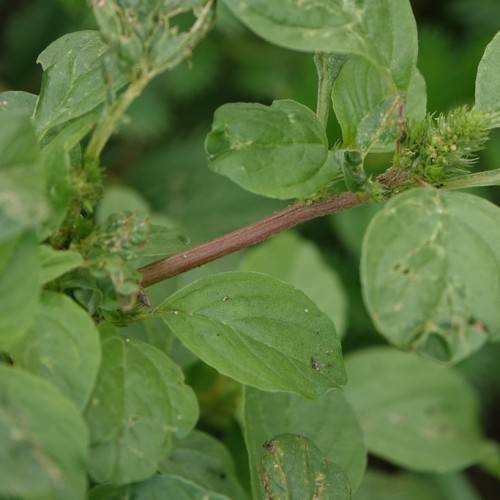
Purple Amaranth
Amaranthus blitum
Watering:
Frequent
Hardiness Zone:
Sun:
full sun,part shade
Leaf:
Yes
Growth Rate:
Low
Drought Tolerant:
Yes
Salt Tolerant:
Yes
watering
Small Alyssum should be watered regularly but in moderation. In the summer,water the plants every other day, allowing the soil to dry out before watering again. In the winter, water the plants about twice a week. Make sure not to overwater, as Small Alyssum can be susceptible to root rot.
sunlight
Small Alyssum (Alyssum alyssoides) prefers full sun exposure for at least 6 to 8 hours per day. The ideal environment for this plant species would be a bright, sunny window sill, or an outdoor spot that receives direct sunlight for most of the day. In areas with strong summer sunlight, providing a bit of afternoon shade can help protect the plant from excessive heat. Providing indirect light in the winter months is also ideal for this species.
pruning
Small Alyssum (Alyssum alyssoides) is a perennial species of plant that typically blooms in the early spring. It is a low-growing and mounding plant that features small, fragrant yellow flowers. Pruning should be done after blooms have started to fade, typically in early summer. This type of pruning should be minimal, removing dead or dying foliage only. During the growing season, only the tips of the stems should be trimmed to maintain shape and size. When the plant is done blooming for the season, a more extensive pruning can be done. Cut the plant back up to a third of its size to encourage new growth.
